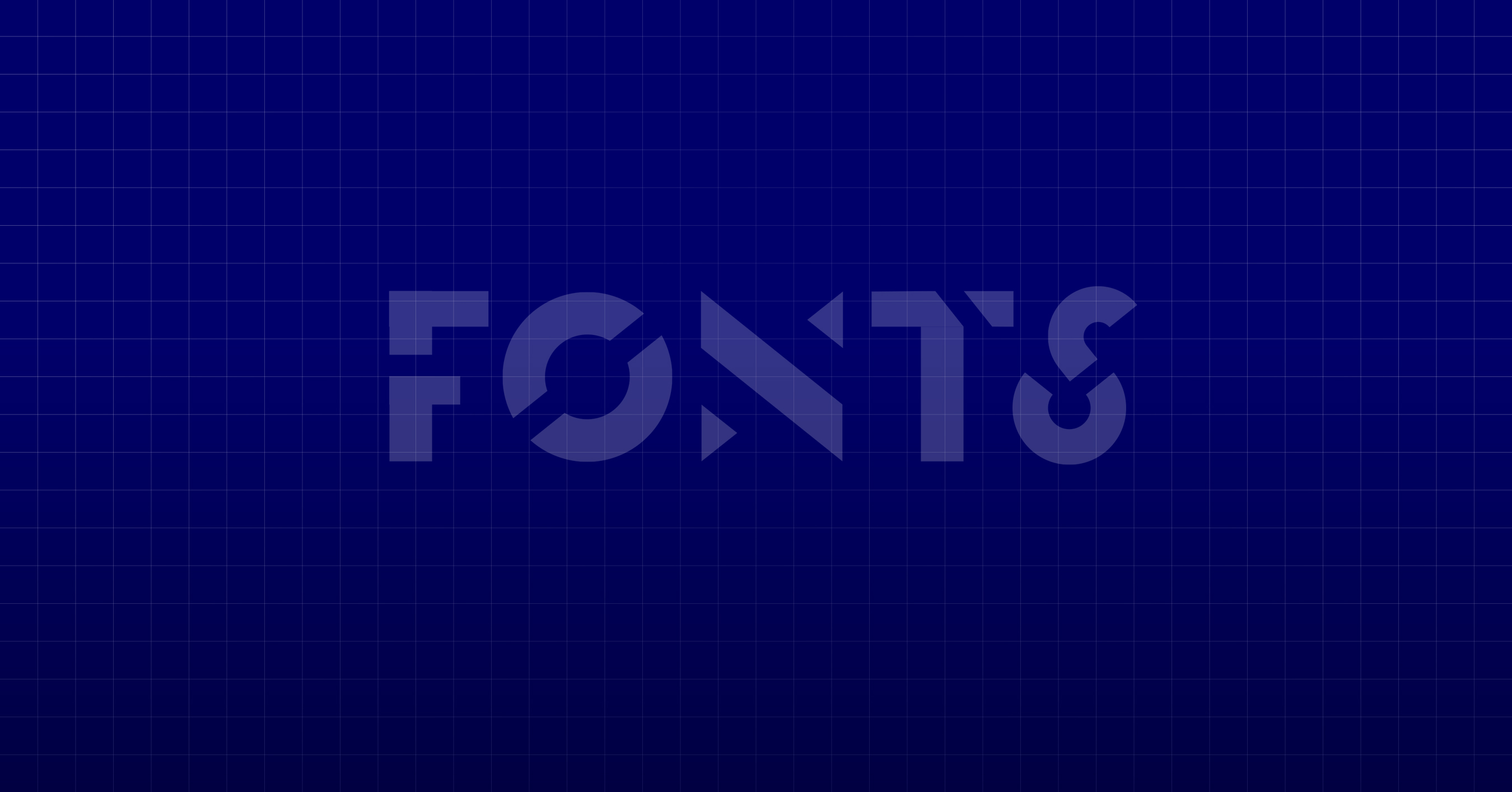Fonts 101: What Marketers Need to Know [Infographic]

Fonts are everywhere (you’re reading one right now), but they’re not something marketers typically devote much time to thinking about.
That’s unfortunate, because font choice impacts how audiences process and perceive messaging. Understanding the basics of font design and positioning can be hugely beneficial for brands of all types.
So, what is a font? What makes one font different from another? What should businesses consider when picking fonts? To find out, check out MDG’s new infographic, Fonts 101: What Marketers Need to Know:
[jump]
What’s a Font? Is It the Same as a Typeface?
What’s a font? Simply put, it’s the term used for a collection of characters with the same design elements.
Font: Arial
ABC abc 123 @?!#
Font: Courier New
ABC abc 123 @?!#
The term “font” is a carryover from the days of the “movable type” system. It initially referred to a system where characters were grouped together in movable wood or metal type blocks to create text for printing.
Originally, “font” was a subcategory of “typeface.” The typeface described the overall design of the characters, while the font described specific attributes such as size and style.
However, with the rise of digital tools, this distinction blurred and the terms have become largely synonymous.
Traditionally:
Typeface: Times New Roman
Font: Times New Roman 11-point Bold Italics
Today:
Typeface: Times New Roman
Font: Times New Roman
What Are Some of the Elements of a Font?
There are countless big and small things that differentiate one font/typeface from another. Among the many elements that designers take into consideration with fonts are:
- Stroke: The straight and curved lines in each character
- Counter: The white space/negative space within characters
- Bar/Crossbar: The horizontal line within characters such as “H”
- Ligature: The combination of multiple characters into one
Moreover, within a family of fonts, there are different characteristics such as:
- Weight: The thickness of characters: Thin | Normal | Bold
- Style: The angle of characters: Upright | Italics
What Are the Major Categories of Fonts?
Fonts tend to be grouped together in categories, or “font families,” based on their appearance and uses. While there are a number of different families of fonts, three groups tend to be used most:
Serif Fonts
- Have “feet” or strokes (serifs) at the ends of characters
- Associated with tradition, formality, and elegance
- For example: Times New Roman | Courier New
Sans-Serif Fonts
- No “feet” or strokes (serifs) at the ends of characters
- Associated with modernity, minimalism, and digital
- For example: Arial | Ubuntu
Decorative
- Out-of-the-ordinary fonts intended to stand out
- Associated with creativity and boundary-pushing
- For example: Pacifico | Amatic
Why Do Fonts Matter? Which Fonts Should Marketers Use?
What’s the big deal about fonts? Why should brands spend valuable time choosing which ones to use?
Fundamentally, fonts matter deeply because they quickly communicate brand attributes to consumers.
Design, including fonts, is key to consumers’ brand assessments:
- 75% of consumers say they judge a business by its website design
- 72% of consumers say packaging design influences their purchasing decisions
So, which fonts should brands use? Unfortunately, there isn’t one font that works in all situations.
A study of milk carton design found consumers’ preferences vary significantly by:
- Age
- Culture
- Location
That said, there are a couple of questions that marketers should ask themselves to help choose the best fonts:
- Is this font readable?
More than anything, a font should be readable. If it isn’t, audiences will struggle:
- Consumers say small font sizes and low contrast are their top design complaints about websites
Which fonts are easier and harder to read? Research has found:
- Consumers say serif and sans-serif fonts are equally readable
- Decorative fonts are usually more difficult to read, especially in large blocks
- Increasing font size and spacing between lines tends to boost readability
- Does this font match my goals?
To determine which font is best for a particular situation, ask yourself questions such as:
- Do I want to come across as traditional or modern? (Serif vs. sans-serif)
- Does standing out or readability matter more? (Decorative vs. non-decorative)
- Will this font appear widely and be read in large blocks? (Size, weight, style, etc.)
Ultimately, brands should think situationally when it comes to choosing fonts—rather than seeking a universal font, find the specific font that works best in each context and will appeal to each audience being targeted.
To find out more, check out our full infographic, Fonts 101: What Marketers Need to Know.
![Fonts 101: What Marketers Need to Know [Infographic]](https://www.mdgsolutions.com/wp-content/uploads/2023/02/mdg-61996-font-infographic_mech.jpg)
Learn more about good design and branding. Contact MDG today at 561-338-7797 or visit www.mdgsolutions.com.
MDG, a full-service advertising agency with offices in Boca Raton and New York, NY, is one of Florida’s top branding firms. MDG’s capabilities include print advertising, direct mail marketing, branding, logo design, creative, media buying and planning, radio and TV advertising, outdoor, newspaper, digital marketing, website design and development, online video advertising, infographic development, email marketing, video marketing, mobile marketing, content marketing, social media marketing, paid search marketing, and SEO. To learn about the latest trends in advertising and branding, contact MDG today at 561-338-7797 or visit www.mdgsolutions.com.
